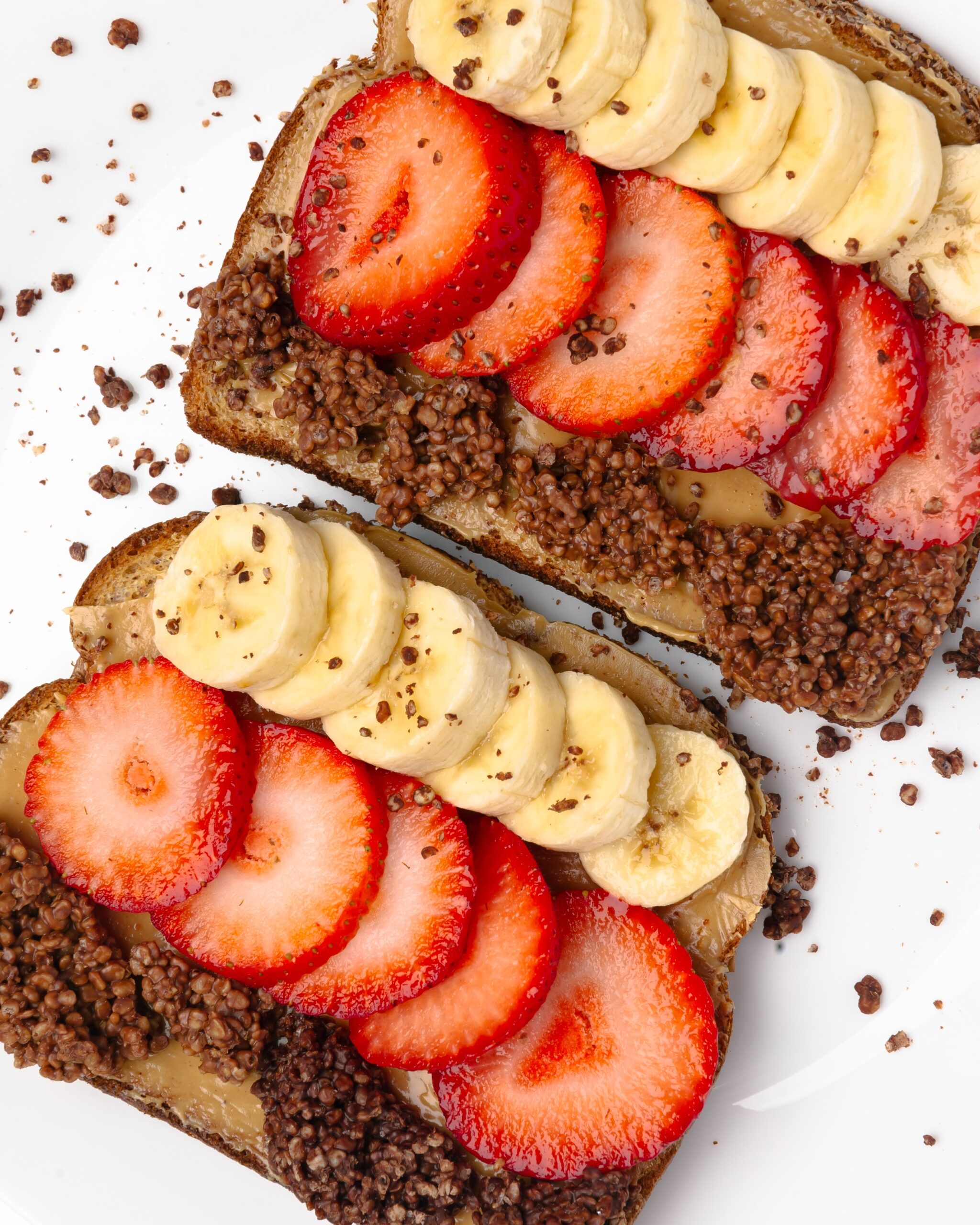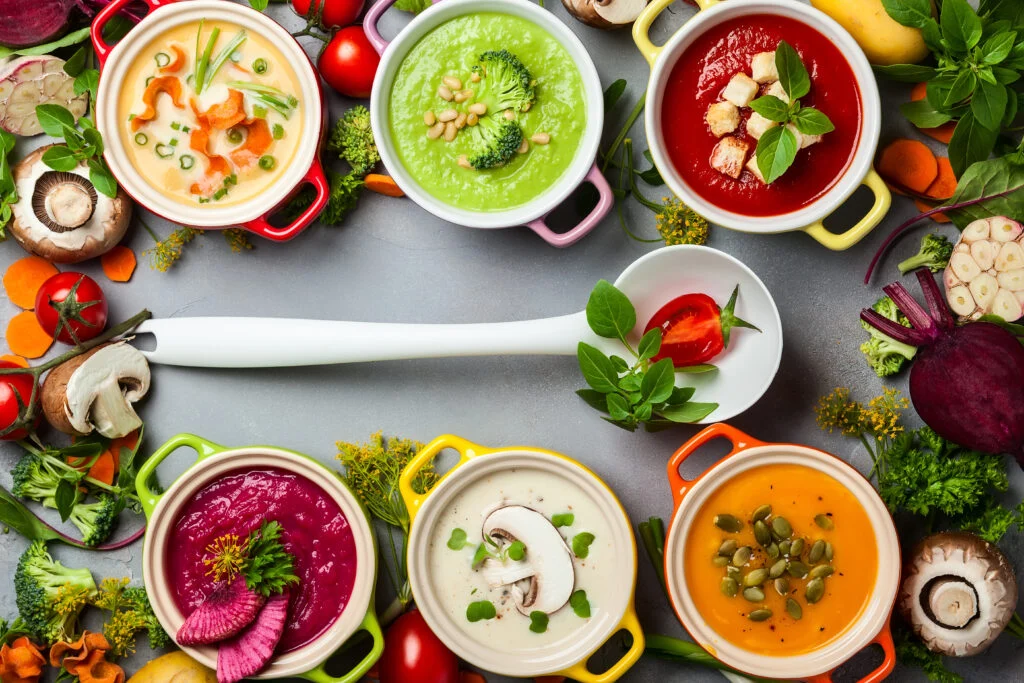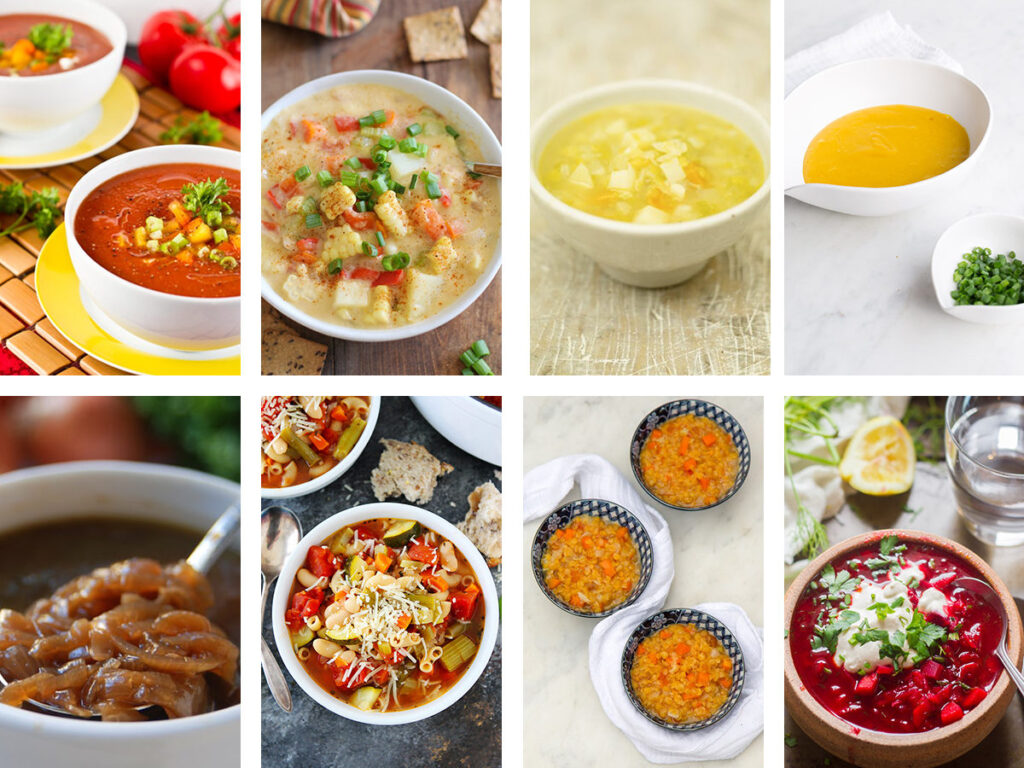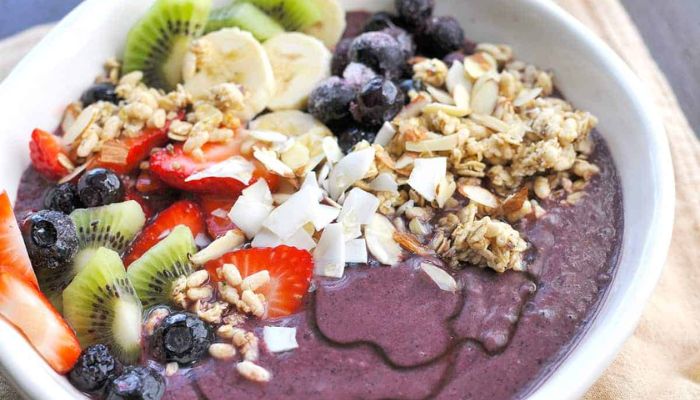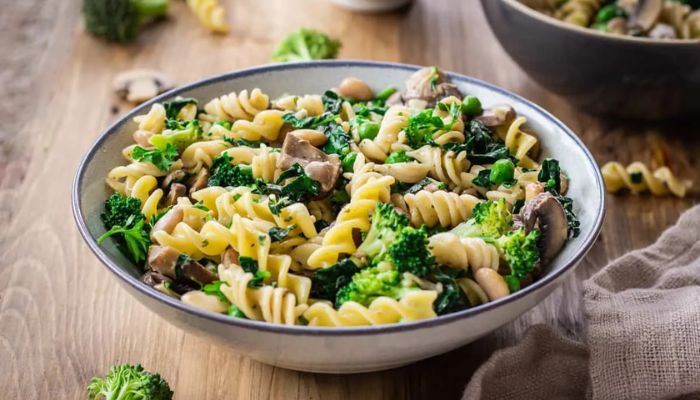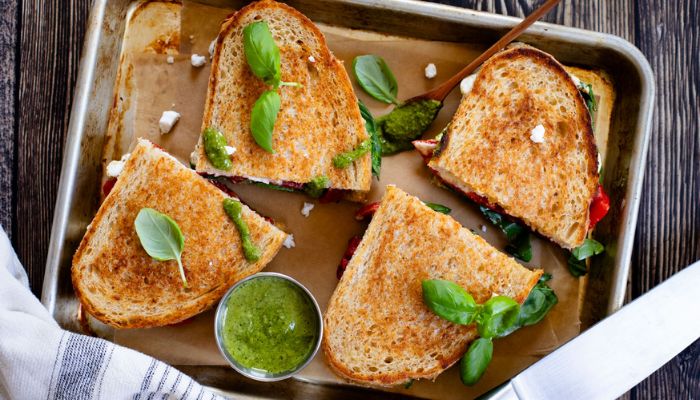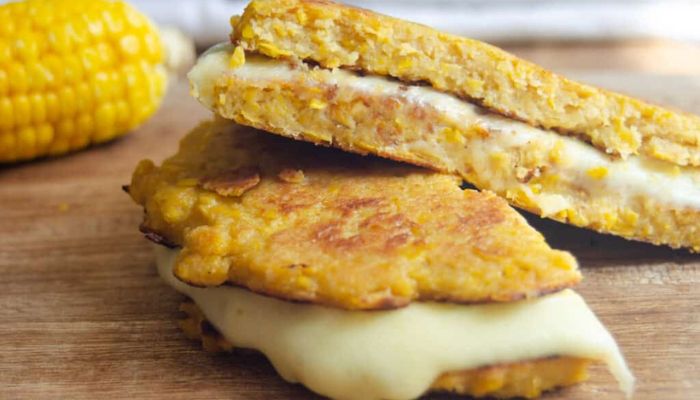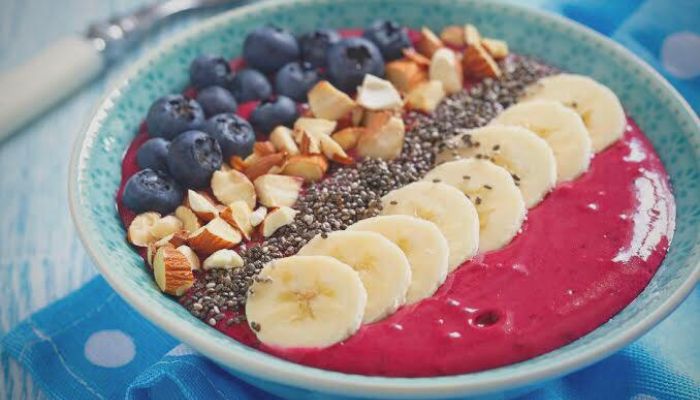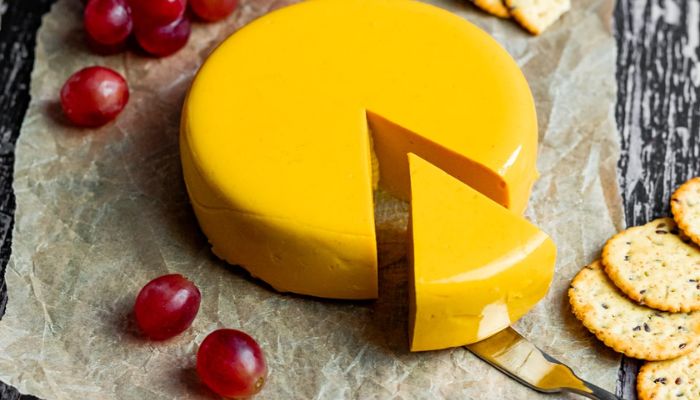The Nutritional Bounty of Peanuts
Peanuts, often underestimated in the realm of plant-based nutrition, emerge as a delightful and nutritious addition to the vegan palette. Bursting with essential nutrients and versatile enough to be incorporated into a myriad of recipes, peanuts play a crucial role in maintaining a balanced and wholesome vegan diet. In this exploration, we’ll delve into the nutritional profile of peanuts and unravel the various health benefits they bring to the table.
The Nutritional Profile: A Closer Look at the Power Within
Peanuts, with their enticing blend of protein, healthy fats, fiber, and an array of vitamins and minerals, stand as a true nutritional powerhouse. A mere one-ounce serving of peanuts provides approximately seven grams of protein, making them an excellent plant-based protein source for vegans. Furthermore, peanuts are abundant in heart-healthy monounsaturated and polyunsaturated fats, contributing to overall cardiovascular well-being.
Vitamins and minerals such as niacin, folate, manganese, and magnesium are also present in peanuts, each playing a vital role in supporting various bodily functions. Niacin, for example, aids in energy metabolism, while magnesium promotes muscle function and bone health.
Health Benefits of Peanuts in a Vegan Diet: Unveiling the Secrets
- Rich Protein Source: Fueling Vegan VitalityPeanuts serve as an indispensable protein source for vegans, helping meet daily protein requirements and contributing to muscle repair and maintenance. Whether as a peanut butter spread on whole-grain toast or simply as a handful of roasted peanuts, integrating this protein powerhouse into your diet ensures a wholesome and complete amino acid profile.
- Heart-Healthy Fats: Nurturing Cardiovascular Well-beingThe monounsaturated and polyunsaturated fats found in peanuts have been linked to improved heart health. These healthy fats play a crucial role in reducing bad cholesterol levels and lowering the risk of cardiovascular diseases. The inclusion of peanuts in a vegan diet provides a tasty and satisfying way to promote heart well-being.
- Fiber for Digestive Health: Supporting Gut HarmonyWith a notable fiber content, peanuts support digestive health by promoting regular bowel movements and aiding in nutrient absorption. The inclusion of fiber in a vegan diet is paramount, and peanuts offer a convenient and delicious way to achieve daily fiber goals.
- Energy Boost: Sustaining Vegan VitalityThe combination of protein, healthy fats, and carbohydrates in peanuts provides a sustained release of energy, making them an ideal snack for vegans with active lifestyles. Whether you’re heading to the gym or need a mid-afternoon pick-me-up, peanuts can be your go-to source for a natural energy boost.
- Nutrient Density: Efficient and Satisfying NutritionPeanuts are a nutrient-dense food, meaning they pack a substantial amount of nutrients relative to their calorie content. This efficiency makes them an essential and satisfying component of a vegan diet. When every calorie counts, peanuts stand out as a valuable contributor to overall nutrient intake.
Incorporating Peanuts into Your Vegan Diet: From Smoothies to Stir-Fries
Now that we’ve explored the nutritional benefits of peanuts, let’s dive into practical ways to incorporate them into your vegan diet. The versatility of peanuts allows for creativity in the kitchen, offering a wide array of flavors and textures to enhance your meals.
- Peanut Butter Smoothies: A Protein-Packed DelightStart your day with a protein-packed peanut butter smoothie. Blend together your favorite fruits, a scoop of vegan protein powder, a spoonful of peanut butter, and plant-based milk. The result is a creamy, delicious smoothie that not only satisfies your taste buds but also provides a substantial dose of protein and healthy fats.
- Peanut Satay Tofu Stir-Fry: A Flavorful FusionElevate your stir-fry game by incorporating a delectable peanut satay sauce. Toss tofu, colorful vegetables, and your favorite noodles or rice in this savory and satisfying concoction. The nutty richness of peanuts adds depth to the dish, making it a go-to for a quick and flavorful vegan dinner.
- DIY Peanut Energy Bars: Customizable Nutritious SnacksTake control of your snack game by crafting your own peanut energy bars. Combine peanuts with dates, oats, and other wholesome ingredients to create a batch of nutritious bars that are perfect for on-the-go energy. Experiment with different flavor combinations to find your ideal balance of sweetness and nuttiness.
- Roasted Peanuts with Unique Flavors: A Snack-Time AdventureElevate the classic roasted peanut by experimenting with unique flavor combinations. Toss peanuts with spices like chili powder, cumin, or cinnamon before roasting for a snack that tantalizes your taste buds. Not only does this add variety to your snacking routine, but it also allows you to customize the flavor profile to suit your preferences.
Embracing the Goodness of Peanuts in Your Vegan Journey
Incorporating peanuts into your vegan diet isn’t just about enhancing the taste and texture of your meals; it’s about embracing a nutrient-rich and satisfying source of essential elements. From protein and healthy fats to fiber and an array of vitamins and minerals, peanuts contribute to the overall well-being of those on a plant-based journey. So, savor the goodness of peanuts, let them be a staple in your delicious and nutritious vegan adventure, and unlock the true potential of this humble legume.

